What is Upselling? Definition, Examples, and Best Practices
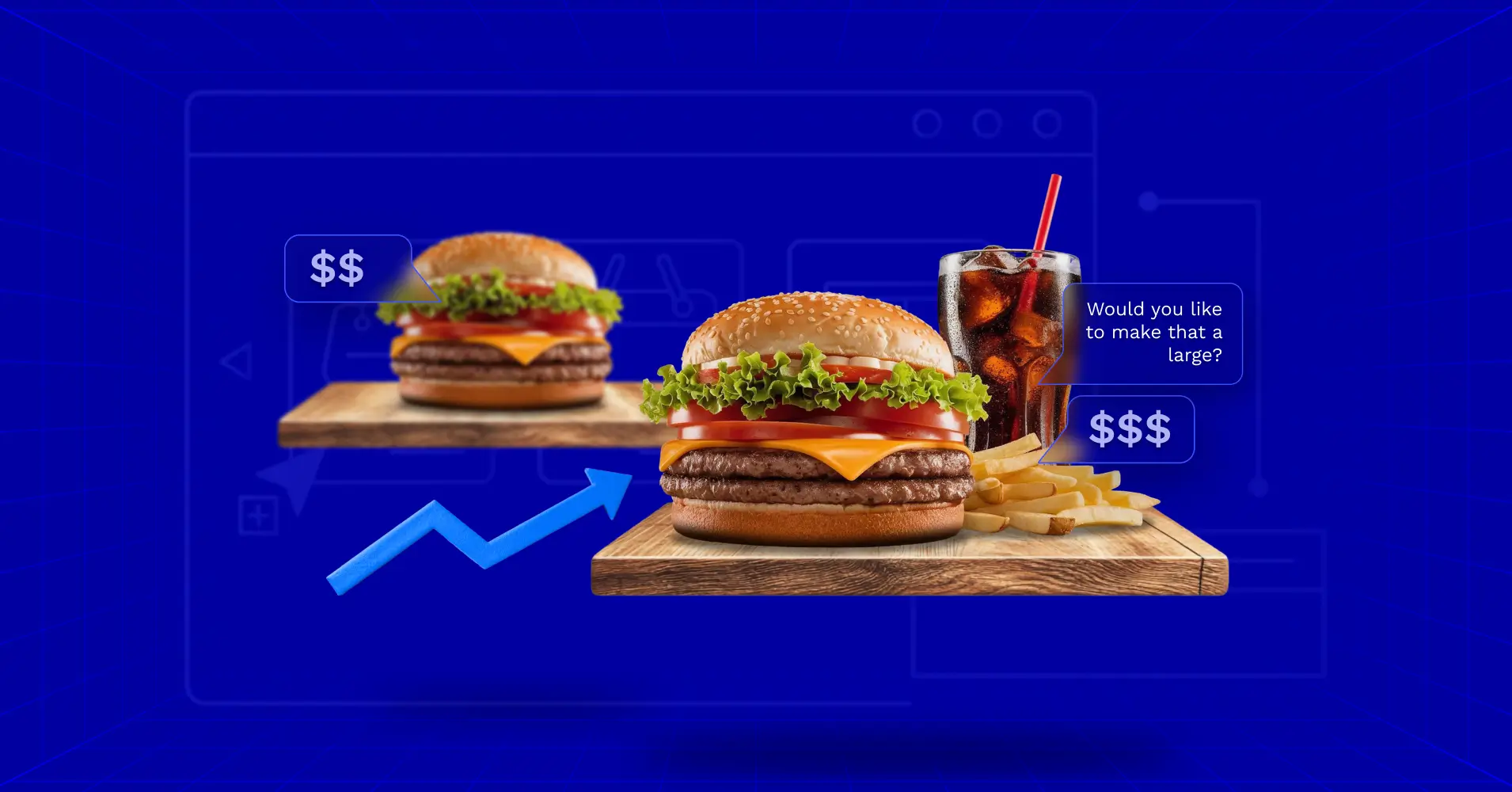
Did you know that upselling and cross-selling increased revenue by 42% for 72% of people? Indeed, gaining new customers isn’t the only way to achieve sustainable growth in today’s market. The goal is to make the most of the ones that are already there.
Upselling is one of the most effective ways to boost sales in this case. Effective upselling strategies can provide you with an immediate boost, regardless of whether you’re managing a SaaS business, an e-commerce store, or a sales team.
This blog is about upselling, covering everything from basic ideas to cutting-edge tactics that market leaders have tried for their businesses. Learn tried-and-true methods, practical examples, and best practices that you can put into practice right away.
What is Upselling?
Upselling is a sales tactic where a vendor persuades a customer to upgrade, buy more items, or buy accessories in order to boost sales.
Effective upselling is the practice of recommending enhancements or related products that enhance the customer’s experience, such as premium versions, extended warranties, or cutting-edge features.
- Upselling’s main advantages include a 10–30% increase in average order value (AOV).
- It raises a customer’s lifetime value (CLV).
- generates revenue growth over the long and short terms.
- enhances customer satisfaction by providing exceptional product experiences.
- reduces the expense of acquiring new clients while optimizing the value of existing ones.
Upselling vs. Cross-Selling
Although both upselling and cross-selling are sales tactics meant to boost revenue, their methods are different.
While cross-selling offers related or complementary products to enhance a customer’s purchase, upselling persuades them to buy a more expensive, premium version of the product they are already contemplating.
By offering a more expensive version of the product, upselling aims to increase the value of a single purchase. For instance, when a customer is already purchasing a phone, recommending a higher-capacity model with more storage or a faster processor.
Contrarily, cross-selling entails suggesting complementary or related goods that the customer may also need or desire in addition to their original purchase.
For instance, recommending wireless headphones, a screen protector, or a phone case to a customer when they purchase a phone.
| Feature | Upselling | Cross-Selling |
|---|---|---|
| Focus | Higher-end or more expensive version of a product | Additional, related, or complementary products |
| Goal | Increase the value of a single item purchased | Increase overall order value |
| Timing | Before or after the purchase decision | Usually during the purchase decision |
| Customer Example | Replacing a basic smartphone with a premium model | Adding a phone case or earbuds to a smartphone purchase |
| Business Benefit | Higher profit margin from premium products | Boosted revenue through more items per transaction |
| Customer Benefit | Better features or performance in the purchased item | More complete or convenient product solution |
Upselling Ideas by Industry
It’s a proven sales practice that drives significant revenue growth across industries.
Companies with successful upselling strategies can experience a 75% increase in customer retention rates according to Gartner, while upselling to existing customers is 68% more cost-effective than acquiring new customers.
Here are data-backed strategies across different sectors.
Travel & Hospitality
The hospitality industry has embraced upselling as a critical revenue driver. According to a recent survey by Skift, 74% of travelers are more likely to book with a brand that offers personalized recommendations.
Hotels commonly offer room upgrades at check-in, with premium accommodations, spa packages, and concierge services representing major revenue opportunities.
Airlines leverage the check-in process to promote first-class upgrades, priority boarding, and additional baggage allowances. Room upgrades generate 23.8% of ancillary hotel revenue, while restaurants contribute 17.5% to total upselling income.
Proven tactics:
- Digital pre-arrival upselling through mobile apps and email campaigns
- Front desk upgrade offers during peak demand periods
- Package deals combining accommodation with dining, spa, or local experiences
- Premium service add-ons like late checkout or airport transfers
Food & Beverage
Restaurant upselling focuses on increasing average order value through strategic menu design and server training.
Coffee shops excel at upselling through size upgrades (“Would you like to make that a large for just 50¢ more?”) and premium alternatives like oat milk or specialty syrups.
Quick-service restaurants use combo meals and limited-time offers to drive higher-value purchases.
Proven tactics:
- Menu engineering that highlights high-margin items
- Protein additions to salads and pasta dishes
- Premium beverage pairings with meals
- Dessert and appetizer suggestions during ordering
- Size upgrades positioned as better value propositions
E-commerce & Retail
Digital retail environments offer unprecedented upselling opportunities. Product recommendations through upselling contribute to 10-30% of e-commerce revenue.
When upselling, offer products that will increase cart value by 25% and not more to maintain customer acceptance rates.
Online bookstores successfully offer audiobook versions alongside print purchases, while clothing retailers suggest coordinating accessories and premium fabric options.
Proven tactics:
- “Frequently bought together” product bundles
- Limited-time upgrade offers during checkout
- Personalized recommendations based on browsing history
- Premium shipping options and extended warranties
- Size or feature upgrades presented as popular choices
Automotive
Car dealerships generate substantial revenue through trim package upgrades and service add-ons.
72% of sales professionals who upsell say that 1-30% of their company’s revenue comes from up-selling. Extended warranties, maintenance packages, and technology upgrades represent high-margin opportunities that benefit both dealers and customers.
Proven tactics:
- Technology package upgrades (premium sound, navigation, safety features)
- Interior upgrades (leather seats, heated features, premium trim)
- Extended warranty and maintenance plans
- Accessory packages (floor mats, window tinting, cargo organizers)
- Gap insurance and protection plans
Software & Technology
The SaaS industry has perfected the freemium upselling model. 91% of consumers are interested and likely to purchase again from brands that remember them by providing relevant offers.
Software companies use usage limits, feature restrictions, and support tiers to encourage upgrades to premium plans.
Proven tactics:
- Feature-gated freemium models that encourage paid upgrades
- Storage limit notifications with convenient upgrade options
- Priority support and faster response times for premium tiers
- Advanced analytics and reporting capabilities
- Team collaboration features for business accounts
- API access and integration capabilities for power users
Real Estate
Real estate professionals use market knowledge and buyer psychology to present higher-value properties.
Upselling and cross-selling to existing and new customers can result in 42% more revenue. Agents focus on lifestyle benefits, investment potential, and future resale value when presenting premium options.
Proven tactics:
- Neighborhood upgrade presentations highlighting schools and amenities
- Investment property opportunities for first-time buyers
- Premium lot locations with better views or privacy
- Upgraded finishes and smart home technology packages
- Home warranty and inspection services
- Mortgage rate protection and refinancing options
Key Success Factors Across Industries
Research shows that successful upselling requires strategic timing and value positioning. The most effective approaches focus on customer needs rather than just increasing transaction value.
Companies that excel at upselling invest in employee training, customer data analysis, and personalized recommendation systems.
- Personalize offers based on customer history and preferences
- Time upsell offers appropriately in the customer journey
- Focus on value and benefits rather than price
- Train staff to identify genuine upselling opportunities
- Use data analytics to optimize offer acceptance rates
- Test different approaches and continuously refine strategies
Proven Upselling Examples from Industry Leaders
Successful brands around the world use clever upselling strategies to increase average order value and enhance customer experiences. Here’s how some of the biggest names in business are mastering the art of the upsell.
1. Nike – “Complete the Look”
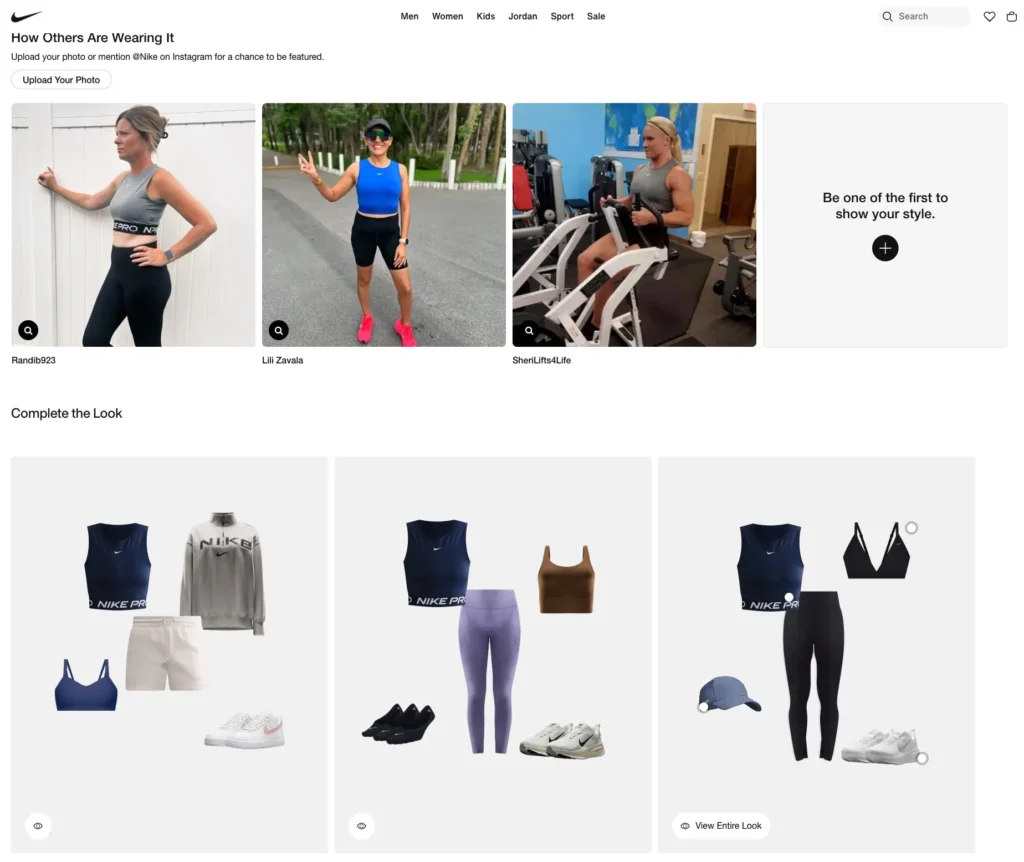
Nike revolutionized sports apparel upselling with a simple phrase.
💬 “Complete the Look”
This section on their website encourages customers to purchase multiple coordinating pieces rather than just a single item, increasing the average order value through strategic product recommendations that complement the customer’s initial selection.
This straightforward strategy is a permanent fixture of their training and service model, proving that sometimes, a single sentence can significantly impact sales.
2. Amazon – “Frequently Bought Together”
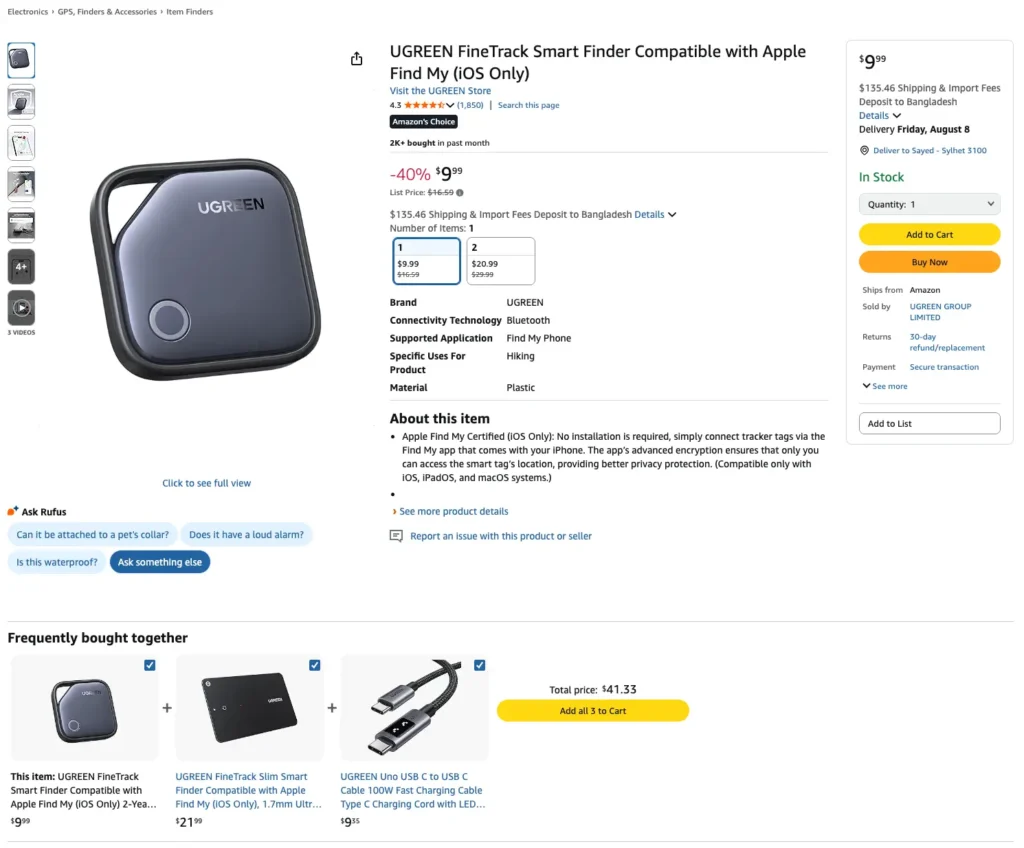
Amazon leverages data-driven product recommendations to nudge customers toward additional purchases.
🔁 “Frequently bought together…”
These smart upselling prompts are powered by Amazon’s advanced recommendation algorithms, which seamlessly introduce higher-value or complementary products into the shopper’s journey, driving billions in upsell revenue annually.
3. Netflix – Tiered Subscription Plans
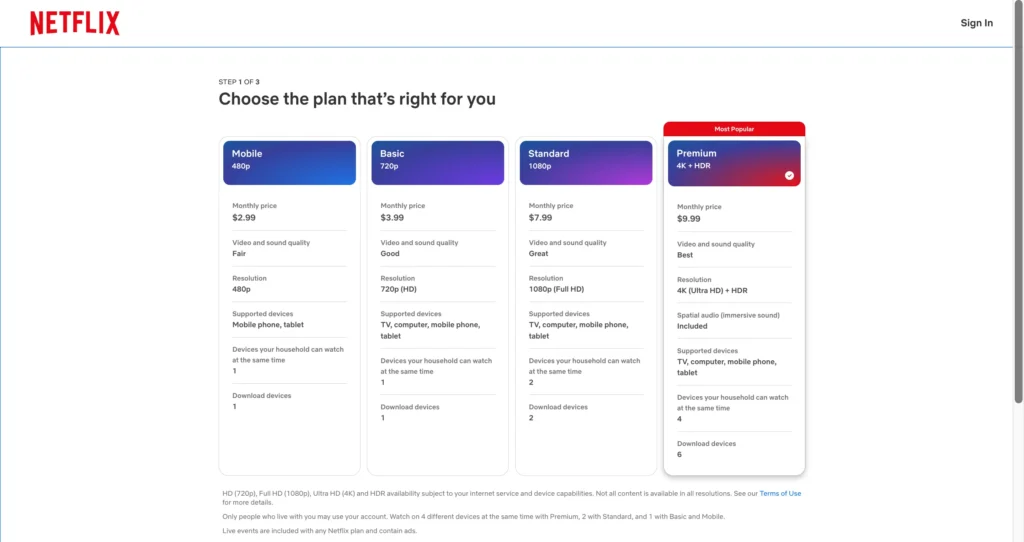
Netflix’s pricing strategy is a textbook case of value-based upselling.
📺 Plans: Basic • Standard • Premium
Each tier offers progressively more features—like HD quality, multi-device streaming, and Ultra HD—encouraging users to level up as their viewing habits grow.
The strategic layout of their comparison chart subtly nudges users to opt for higher-value plans.
4. Starbucks – Size Upgrades & Add-Ons
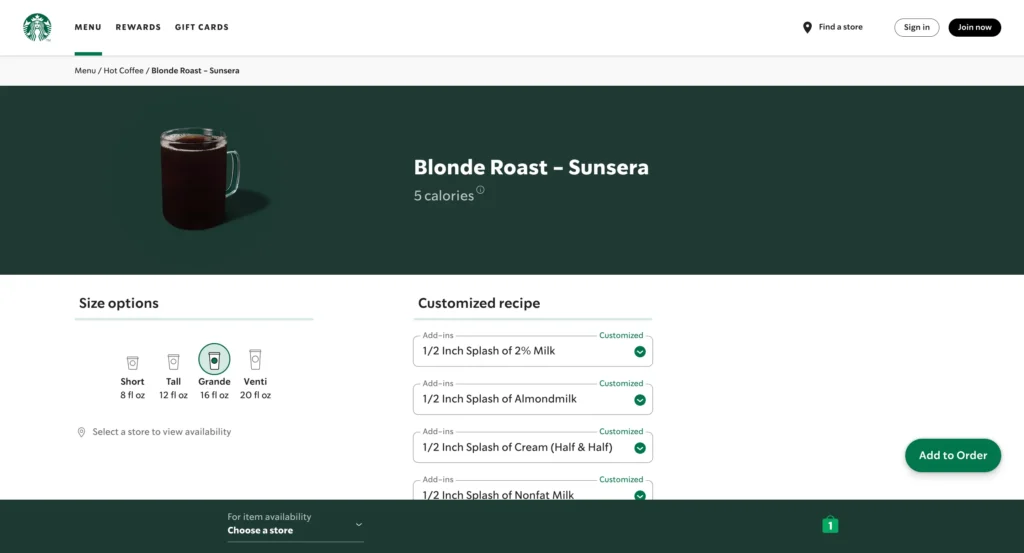
Starbucks masters suggestive selling with friendly, personalized upsells:
☕ “Would you like to make that a Sunsera?”
✨ “Want to add a shot of espresso or seasonal syrup?”
From size upgrades to premium add-ons, baristas are trained to elevate the customer’s experience, while gently increasing the receipt total.
5. Tesla – Software & Performance Upgrades
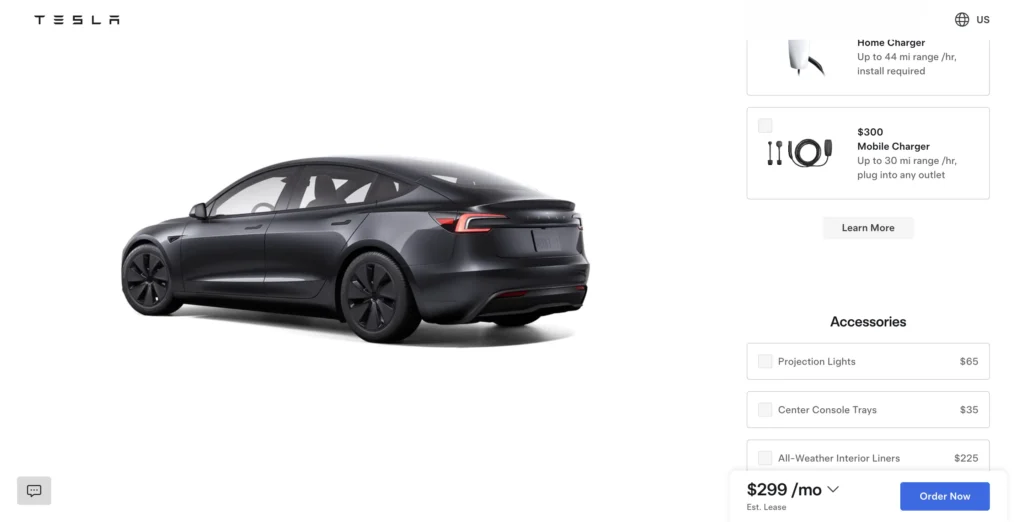
Tesla takes upselling to the next level—literally.
🚗 After purchase, customers can unlock premium features like Enhanced Autopilot or Full Self-Driving Capability directly from their vehicles.
Over-the-air updates conveniently deliver new functionality, making it easy for owners to enhance performance long after leaving the showroom.
6. Spotify – Freemium to Premium Model
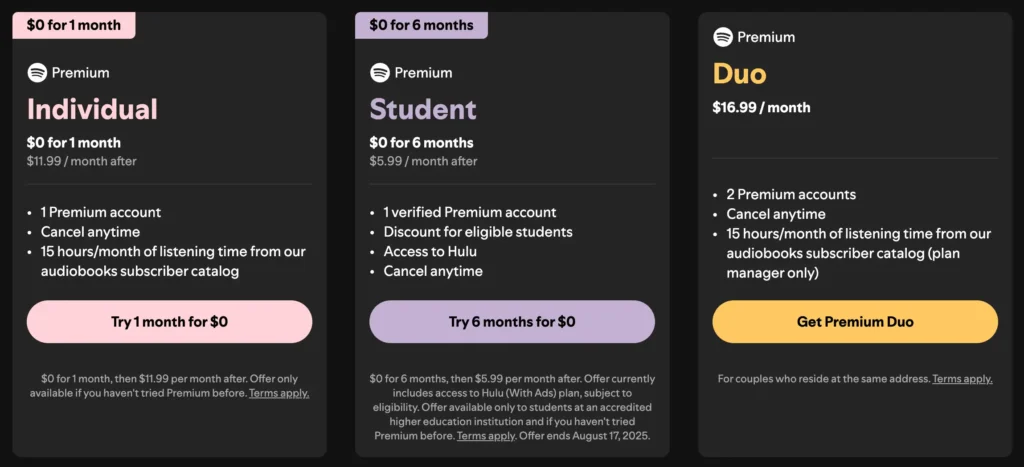
Spotify’s freemium model is designed to convert casual listeners into paying subscribers:
🎵 The free version limits offline listening, skips, and includes ads while highlighting Premium’s ad-free, unlimited experience.
Through well-timed in-app prompts and feature call-outs, Spotify consistently nudges users toward subscription upgrades that suit their listening habits.
When to Upsell
Upselling opportunities exist at every stage of the customer journey. Success comes from timing your approach to match the customer’s mindset and decision-making patterns.
Pre-Sale Upselling
Start upselling the moment customers enter your store or visit your site.
Online: Use product pages to showcase premium versions through comparison charts, feature matrices, and “most popular” badges that naturally guide customers toward higher-value options.
In-Store: Place premium products next to basic versions. Use shelf displays and visual cues to create natural comparison moments without overwhelming browsers.
Checkout Upselling
Customers at checkout are committed to buying and open to enhancements. Present upgrades that genuinely improve their purchase experience:
- Volume discounts for larger quantities
- Personalization options
- Expedited shipping or premium packaging
- Extended warranties or protection plans
- Gift-wrapping services
Focus on solving problems or enhancing satisfaction rather than aggressive selling.
Post-Purchase Upselling
After the initial sale, customers are invested in your brand and are evaluating their decision. This creates ideal conditions for complementary upgrades.
Digital Products: Offer advanced features, premium support, or training that builds on their current usage.
Physical Products: Present extended warranties, premium support packages, or maintenance plans that protect their investment and ensure long-term satisfaction.
Upselling Best Practices
When done right, upselling isn’t just about increasing sales; it’s about helping your customers get more value while growing your business at the same time.
The key is to be thoughtful, helpful, and customer-focused. Let’s see some tried-and-true upselling practices every business can benefit from.
Don’t Get Greedy
Upselling can be great for revenue, but it’s important not to go overboard. Recommending something way more expensive than what the customer originally wanted can backfire. Nobody wants to feel pressured into spending more than they planned.
Rule of thumb? Keep upsell suggestions within 25–50% of the original purchase. That sweet spot makes customers more comfortable and more likely to say “yes.”
Focus on the Customer’s Needs
At its core, upselling should be about helping people. You’re not just trying to move a more expensive product; you’re offering something that’s genuinely useful or makes their purchase experience better.
Always put the customer first. If what you’re offering doesn’t truly add value, don’t push it, and if they say no, respect that.
Be a Guide, Not a Salesperson
When customers understand the benefits of a product, they’re more likely to go for it. So instead of going into full-on sales mode, take the time to educate them.
Show how the upgraded version compares to what they’re looking at. Help them see the difference for themselves, no pressure, just clear information.
Give Them a Reason to Act
People love a good deal and even more so when it feels exclusive or time-sensitive. Offering a special discount that’s only available during their purchase can motivate customers to take action.
Even a small incentive can make a big difference. Yes, the discount might slightly reduce margins, but if it leads to a higher sale, you’re still ahead.
Make It Personal
No one likes getting random, irrelevant offers. That’s where personalization comes in. Using data like past purchases, browsing behavior, and preferences to recommend items makes your offer feel more thoughtful and boosts the chance they’ll buy.
In fact, personalized upsells are 75% more effective than generic ones. Don’t miss that opportunity.
Test, Tweak, and Improve
Just like everything in business, there’s always room to fine-tune your approach. Try different versions of your upsell messaging, test the timing, experiment with offers, and pay attention to the results.
Look at how it’s impacting your average order value, conversion rate, and customer feedback, then adjust as needed. The more you learn, the better your upselling will get.
Start Upselling from Your Store Using FluentCart
If you’re running an eCommerce store on WordPress, FluentCart is one of the most powerful tools you can use to streamline your checkout process and implement effective upselling strategies right from your dashboard.
FluentCart enables you to create high-converting sales funnels with built-in related product showing functionality, helping you increase your Average Order Value (AOV) without annoying your customers.
Show Related Products
With FluentCart, you can easily display related products of the same product category directly beneath the main product. This encourages additional purchases by suggesting accessories, upgrades, or similar items, right when customers are most engaged.
A simple setup with powerful upselling potential. Choose where you want to show related products. You can even show them on the product modal with a simple one-click setup.
CRM Integration at Checkout
FluentCart seamlessly integrates with FluentCRM, allowing you to automatically capture customer data during checkout.
This means every order updates your CRM in real-time, enabling you to segment customers, trigger personalized email sequences, and automate post-purchase upsell campaigns.
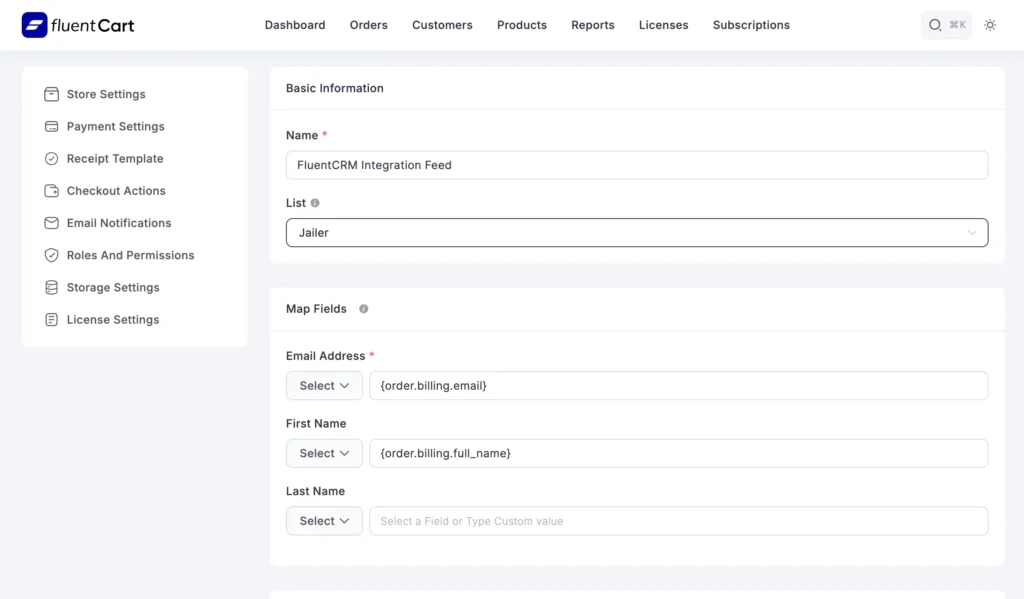
Frequently Asked Questions about Upselling
Q1: What’s the difference between upselling and cross-selling?
Answer: Upselling encourages customers to buy a more expensive version of the same product, while cross-selling suggests related or complementary products to add to their purchase.
Q2: When is the best time to upsell?
Answer: The most effective upselling happens at three key moments: before the initial sale (during browsing), at checkout, and after purchase through follow-up communications.
Q3: How much should I upsell?
Answer: Keep upsells within 25-50% of the original purchase price for optimal acceptance rates. Going too high can decrease conversion rates and customer satisfaction.
Q4: What industries benefit most from upselling?
Answer: All industries can benefit from upselling, but it’s particularly effective in hospitality, software/SaaS, automotive, retail, and professional services.
Q5: How do I upsell without being pushy?
Answer: Focus on educating customers about the benefits, use data to make relevant suggestions, and always accept “no” gracefully. Frame upsells as solutions to customer problems rather than sales pitches.

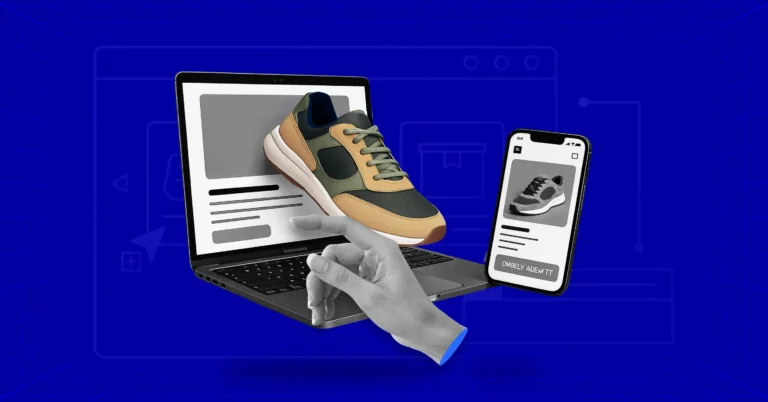
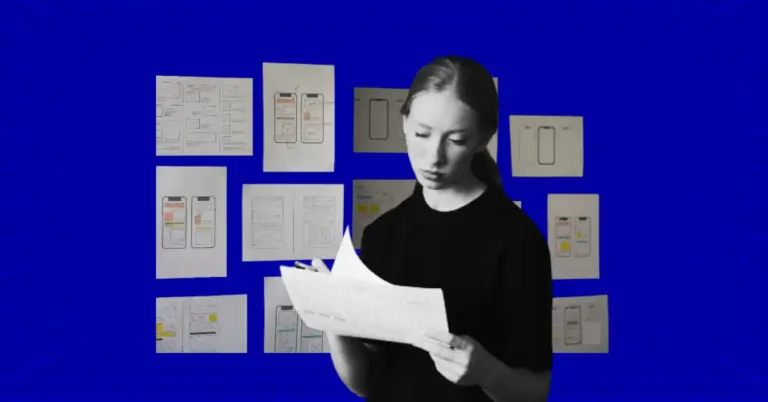
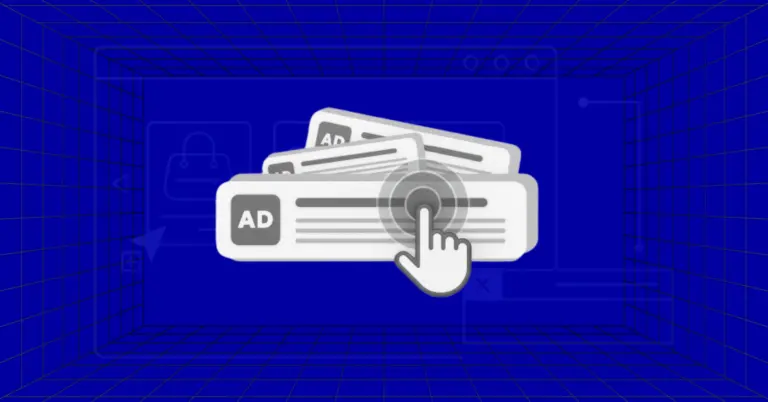
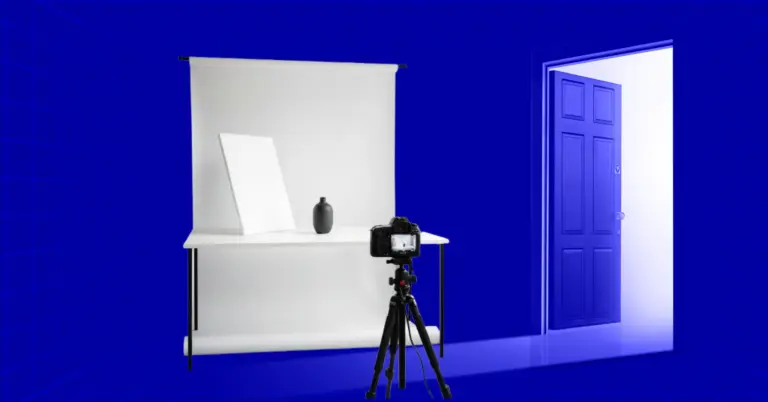
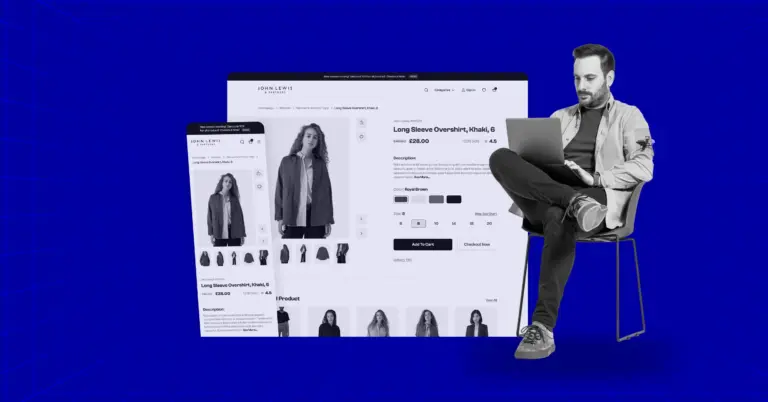
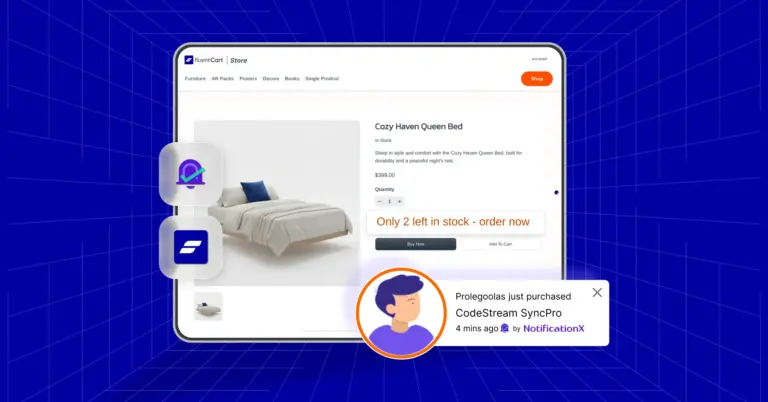

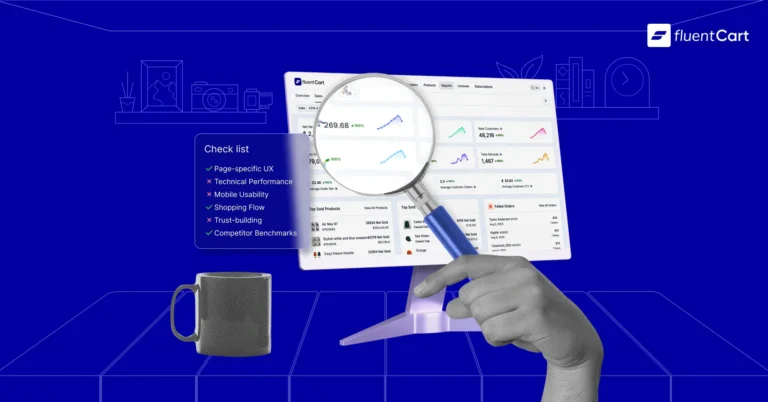
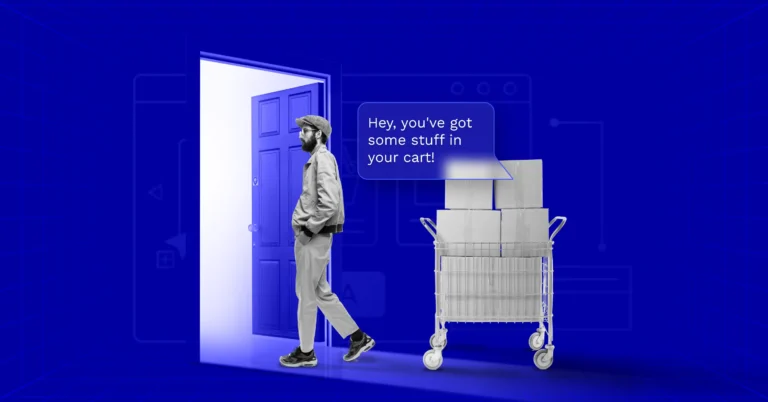
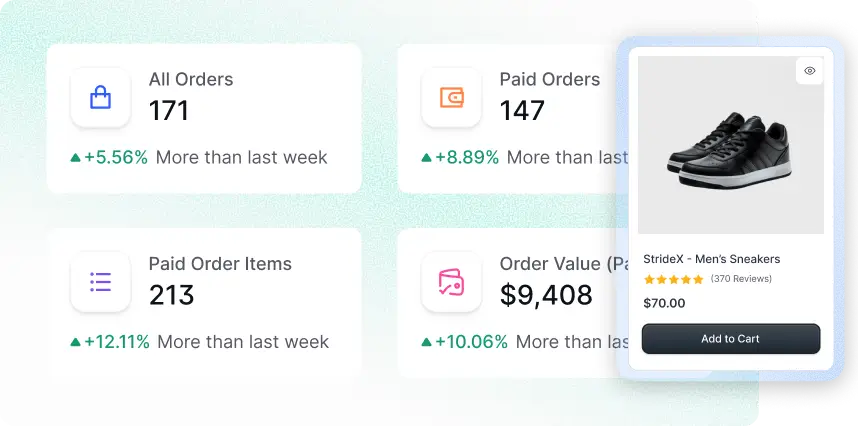


Leave a Reply